Encoder MDT: Precision Water Metering for Encoder-Based Systems
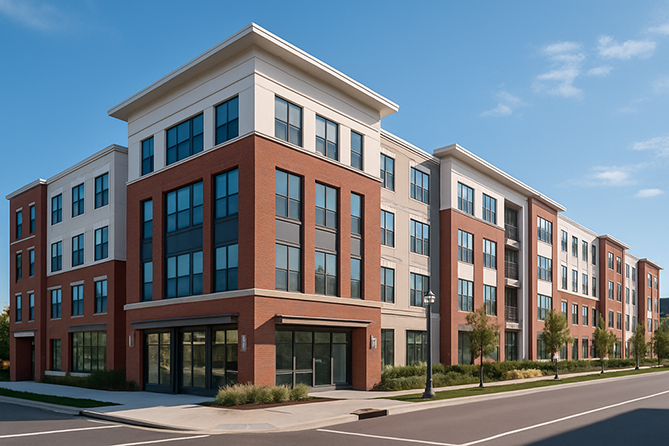
Encoder MDT Overview
Encoder Meter Data Transceiver (MDT) is purpose-built for water meters with encoder interfaces, including models from trusted manufacturers like Sensus, Neptune, and Badger. By capturing values directly from the meter face, Encoder MDT ensures precise usage data that remains accurate even during low or intermittent flow.
It supports both single and dual-meter configurations, making it suitable for properties metering cold water only or separately tracking hot and cold water usage. The device transmits data via radio to the Data Concentrating Access Point (DCAP) or LoRaWAN Gateway in near real time, helping eliminate reporting discrepancies and improving billing precision.
With no local data storage and a pre-configured setup, Encoder MDT integrates easily into wireless water monitoring systems. Its automated, accurate readings reduce manual tasks and help ensure smooth, reliable operation.
Supports wireless ranges from 1 to over 10 miles, with extended coverage via repeaters (Standard and MAX) or additional gateways (LoRaWAN) for flexible deployment across diverse property layouts.
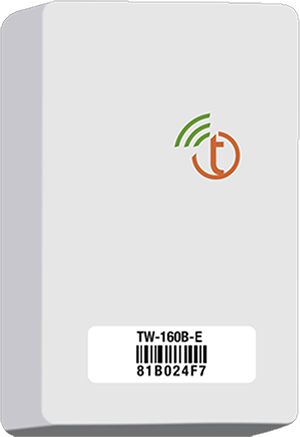
Benefits
Encoder MDT streamlines the transition to modern metering practices with accurate data capture from existing meters.
- Integrates with existing encoder-based meter infrastructure to minimize reconfiguration costs.
- Provides precise readings to ensure reduced discrepancies and accurate billing.
- Minimizes billing errors, driving cost savings for property management.
- Enables single and dual inputs for flexible metering setups.
- Helps property owners monitor utility usage effectively.
- Reduces the need for manual readings, improving overall operational efficiency.
Whether you’re upgrading old infrastructure or future-proofing your metering solutions, Encoder MDT offers an efficient pathway to modernizing utility management.
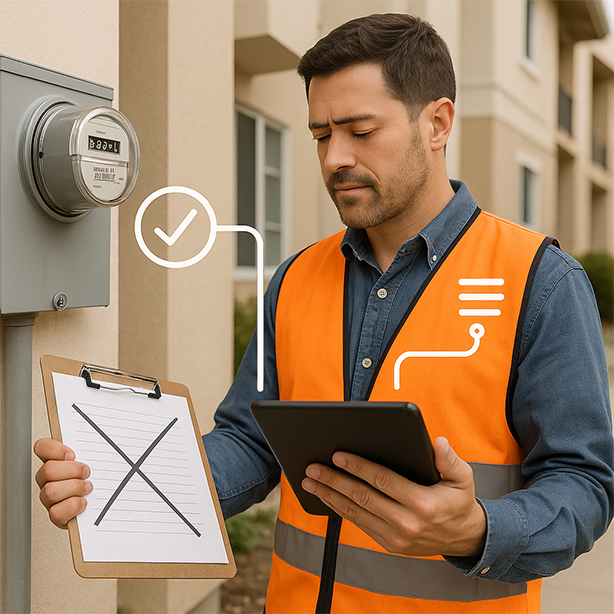
Applications
Multifamily
Housing
Encoder MDT delivers precise energy monitoring in multifamily housing, ensuring fair billing and promoting efficient resource management for property managers and residents alike.
Commercial
Properties
In commercial properties, Encoder MDT tracks energy usage accurately, empowering businesses to identify inefficiencies and optimize costs through informed decision-making.
Manufactured
Homes
For manufactured home communities, Encoder MDT provides essential data on utility consumption, enabling accurate billing and supporting effective resource management for homeowners.
ESG &
Sustainability
Encoder MDT contributes to sustainability goals by offering insights into utility consumption, allowing property owners to manage resources responsibly and reduce environmental impact.
-
 Case Study | Guardian Water & Power
Case Study | Guardian Water & PowerGuardian Water & Power encountered significant challenges in outdoor submetering due to harsh weather conditions. Frequent disruptions led to costly repairs and inconsistent data collection, adversely affecting service delivery and customer trust. Recognizing the urgent need for a reliable solution, they sought innovative technology to enhance their operations.
Challenge
- System downtime due to harsh weather
- Repairs were difficult and costly
- Cellular technology meant inconsistent data collection
-
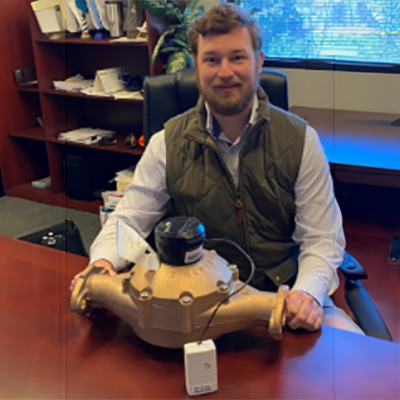 Case Study | Kimco Realty
Case Study | Kimco RealtyKimco Realty Corporation faced considerable challenges in billing their 7,000 tenants accurately for water usage across a diverse portfolio of retail properties. A lack of standardized methods for dividing costs led to disputes and frustration, resulting in millions in uncollected revenue. Recognizing this issue, Kimco sought innovative submetering technology to streamline billing processes and enhance tenant satisfaction.
Challenge
- Inconsistent tenant water billing methods
- Tenant disputes over water costs
- Millions lost in uncollected revenue
-
 Case Study | Fair Energy Submetering
Case Study | Fair Energy SubmeteringFair Energy Submetering faced challenges tracking utility usage and identifying issues such as leaks across various properties. In search of more detailed data for effective management, they turned to Tehama Wireless’ advanced submetering sensors. This innovative technology enabled swift identification of problems, allowing them to avert potential disasters.
Challenge
- Inaccurate tracking of utility usage
- Difficulty identifying leaks in properties
- Limited data hindered effective management
Documentation & Resources
| Input Type | Designed with a true encoder interface that directly reads the meter face value of encoded meters. |
| Communication Range | Up to 3500 ft (Standard), nearly 10 miles (MAX/LoRaWAN). |
| Battery Life | Operates on two field-replaceable AA lithium batteries with a typical life of 5-8 years. |
| Operating Temperature | Ranges from -20°F to 145°F. |
| Input Options | Automatically detects data formats for various brands of meters, including Sensus and Neptune. |
| Waterproof or Water-Resistant Options | Available with single or dual pulse inputs for co-located setups. |
Captures and transmits digital signals from encoded utility meters to the DCAP.
Wiring instructions for connecting the MDT to compatible meters.
Instructions for configuring and sending custom daily reports from MDTs using email or FTP delivery.
Wiring instructions for connecting the MDT to compatible meters.
Comprehensive steps for configuring and integrating MDTs with the DCAP system
Template for importing site configuration data to Tehama Wireless.
Instructions for replacing batteries in field-deployed MDT units.
Tehama Wireless provides a five-year warranty for its products.
Videos
-
Introduction to the Web App
-
DCAP Troubleshooting
-
Web App Troubleshooting
-
DCAP-TFA Installation
-
Get Started with the Web App
-
Monitoring and Maintaining a System
-
Commissioning a Meter Display Using the Mobile App
-
Requesting and Approving Grants with the Web App
-
Wiring a Water Meter to an MDT
-
The CIT in Detail
-
Commissioning a Site
-
Hardware Setup
-
System Overview
-
Getting started with the CIT
-
Connect Mobile App Overview
-
DCAP Configuration
-
Commissioning MDTs and Repeaters
-
Setup CIT Alerts and Reports
-
Monitoring Data and Network Health
-
Configuring the Display on an MDT
-
Wiring the MDT to its Associated Meter
-
Introduction to the CIT
-
How to Find the IP Address of a DCAP
-
ModBus P2P Reads in the CIT and Web App
How It Works
Gateway or DCAP captures data from connected submeters and relays it to central management systems, ensuring accurate data collection and near real-time monitoring for improved utility management.
This diagram illustrates how the Encoder interacts with the Tehama Wireless system.
Related Products
-
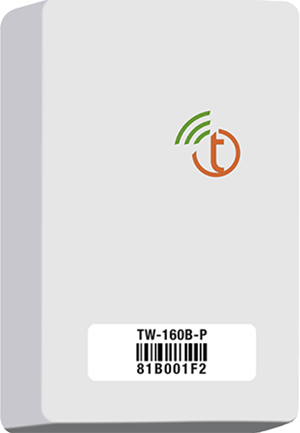 Pulse MDTTracks pulse output meter usage for accurate billing
Pulse MDTTracks pulse output meter usage for accurate billing -
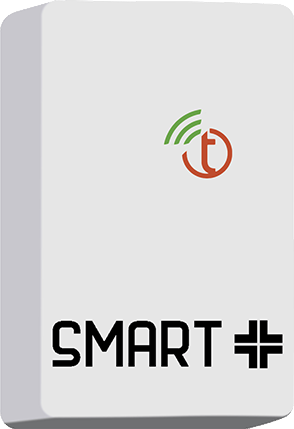 Smart+ MDTEnables near real-time data and advanced alerts with SunSonic® meters
Smart+ MDTEnables near real-time data and advanced alerts with SunSonic® meters -
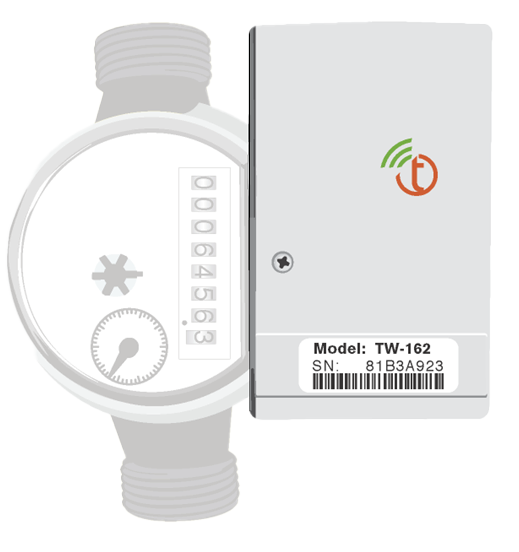 Outsider MDTDirect physical MDT connection on Norgas Versamag water meters.
Outsider MDTDirect physical MDT connection on Norgas Versamag water meters. -
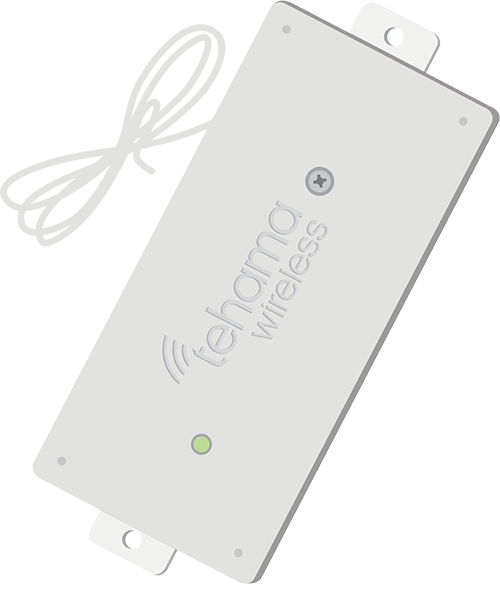 Leak Detection MDTQuickly detects leaks to minimize water events and reduce costly damage.
Leak Detection MDTQuickly detects leaks to minimize water events and reduce costly damage. -
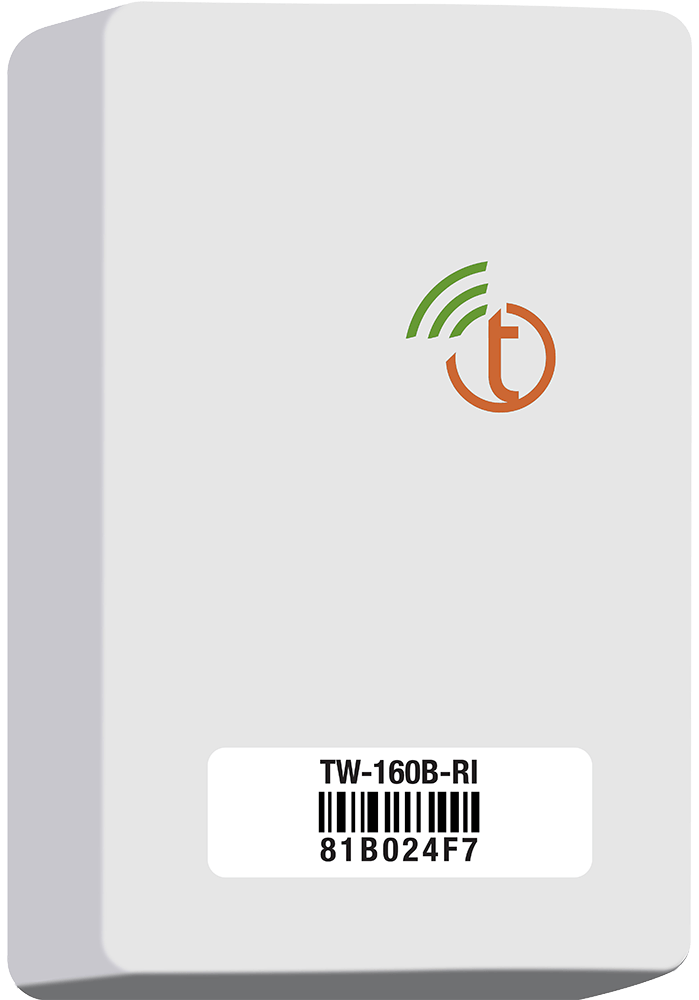 Runtime MDTTracks equipment operation time for accurate usage monitoring, maintenance planning, and performance insights.
Runtime MDTTracks equipment operation time for accurate usage monitoring, maintenance planning, and performance insights. -
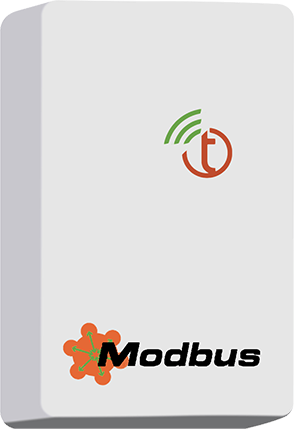 Modbus MDTIntegrates with ModBus P2P-compatible systems for enhanced data.
Modbus MDTIntegrates with ModBus P2P-compatible systems for enhanced data. -
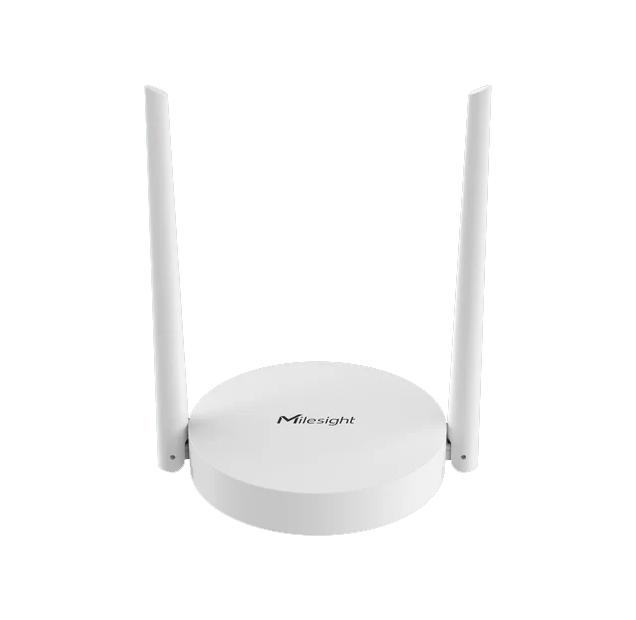 GatewayCentral communication hub securely transmitting meter data for seamless cloud integration.
GatewayCentral communication hub securely transmitting meter data for seamless cloud integration. -
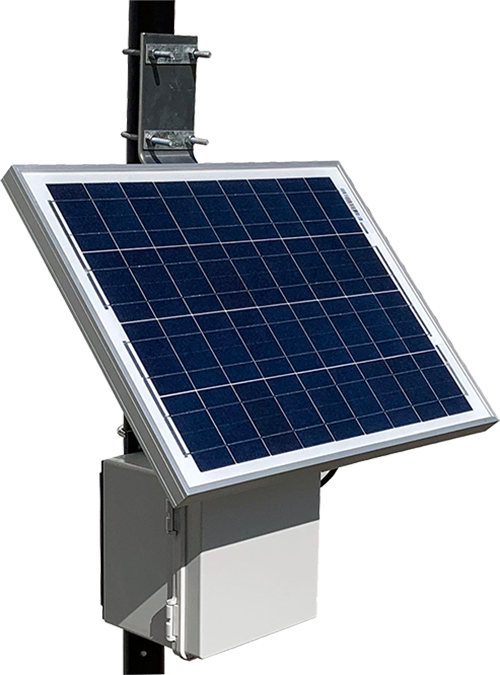 Solar GatewaySolar-powered gateway enabling reliable, wireless remote metering without external power.
Solar GatewaySolar-powered gateway enabling reliable, wireless remote metering without external power. -
 Solar RepeaterProvides a complete solution for extending communication range in remote locations.
Solar RepeaterProvides a complete solution for extending communication range in remote locations. -
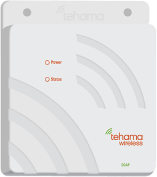 DCAPAggregates and processes submetering data for efficient reporting.
DCAPAggregates and processes submetering data for efficient reporting. -
 DCAP-TFAStandard DCAP functionality plus receives Inovonics PMT and repeater transmissions.
DCAP-TFAStandard DCAP functionality plus receives Inovonics PMT and repeater transmissions. -
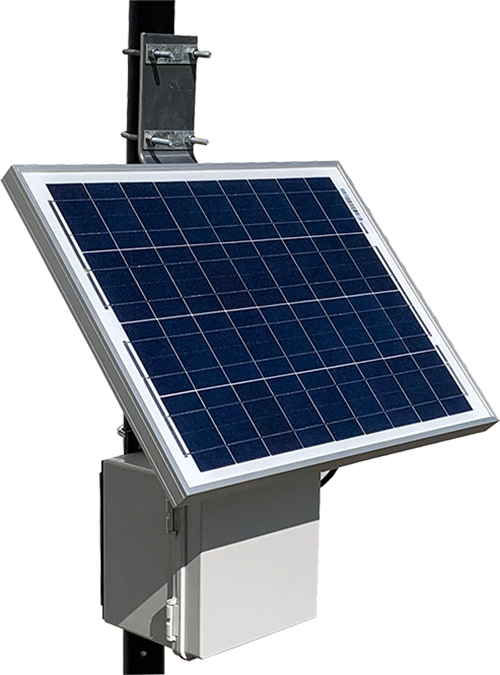 Solar DCAPProvides a complete solution for extending communication range in remote locations.
Solar DCAPProvides a complete solution for extending communication range in remote locations. -
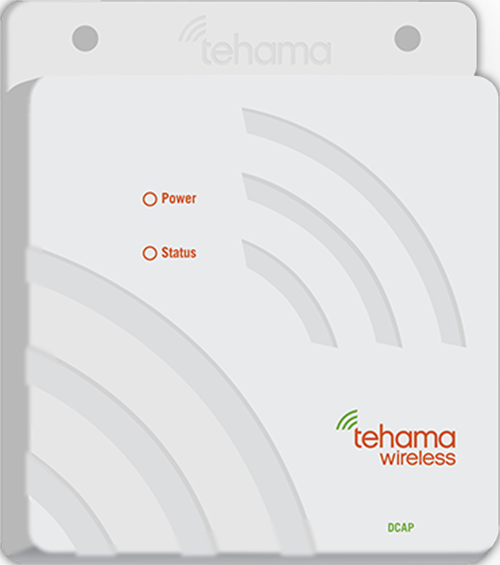 Diversity RF RepeaterEnhances the communication range of your MDT to DCAP metering system.
Diversity RF RepeaterEnhances the communication range of your MDT to DCAP metering system. -
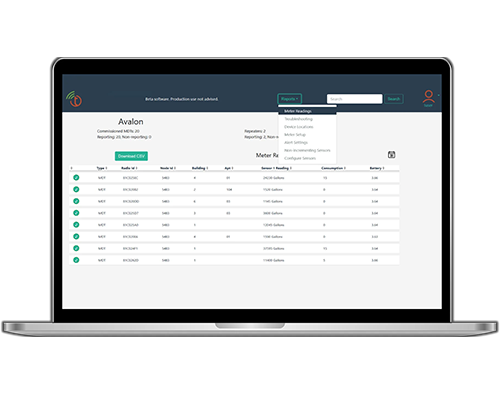 Web AppSimplifies billing processes with easy cloud-based data access.
Web AppSimplifies billing processes with easy cloud-based data access. -
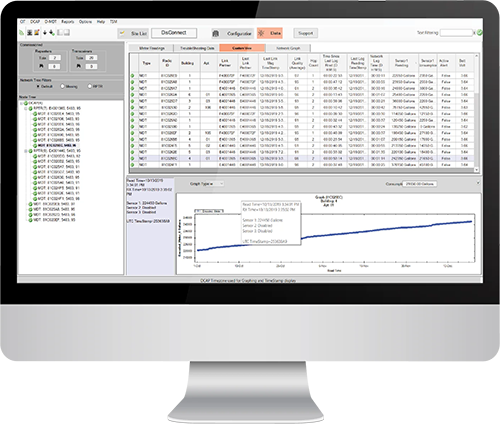 CIT SoftwareProvides advanced troubleshooting capabilities for detailed data analysis.
CIT SoftwareProvides advanced troubleshooting capabilities for detailed data analysis. -
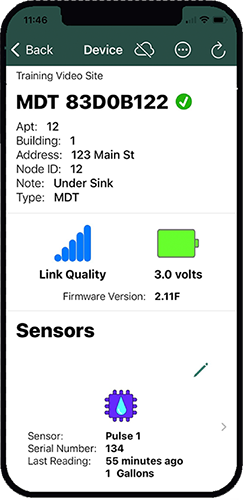 Mobile AppEnables field technicians to manage meter data efficiently.
Mobile AppEnables field technicians to manage meter data efficiently. -
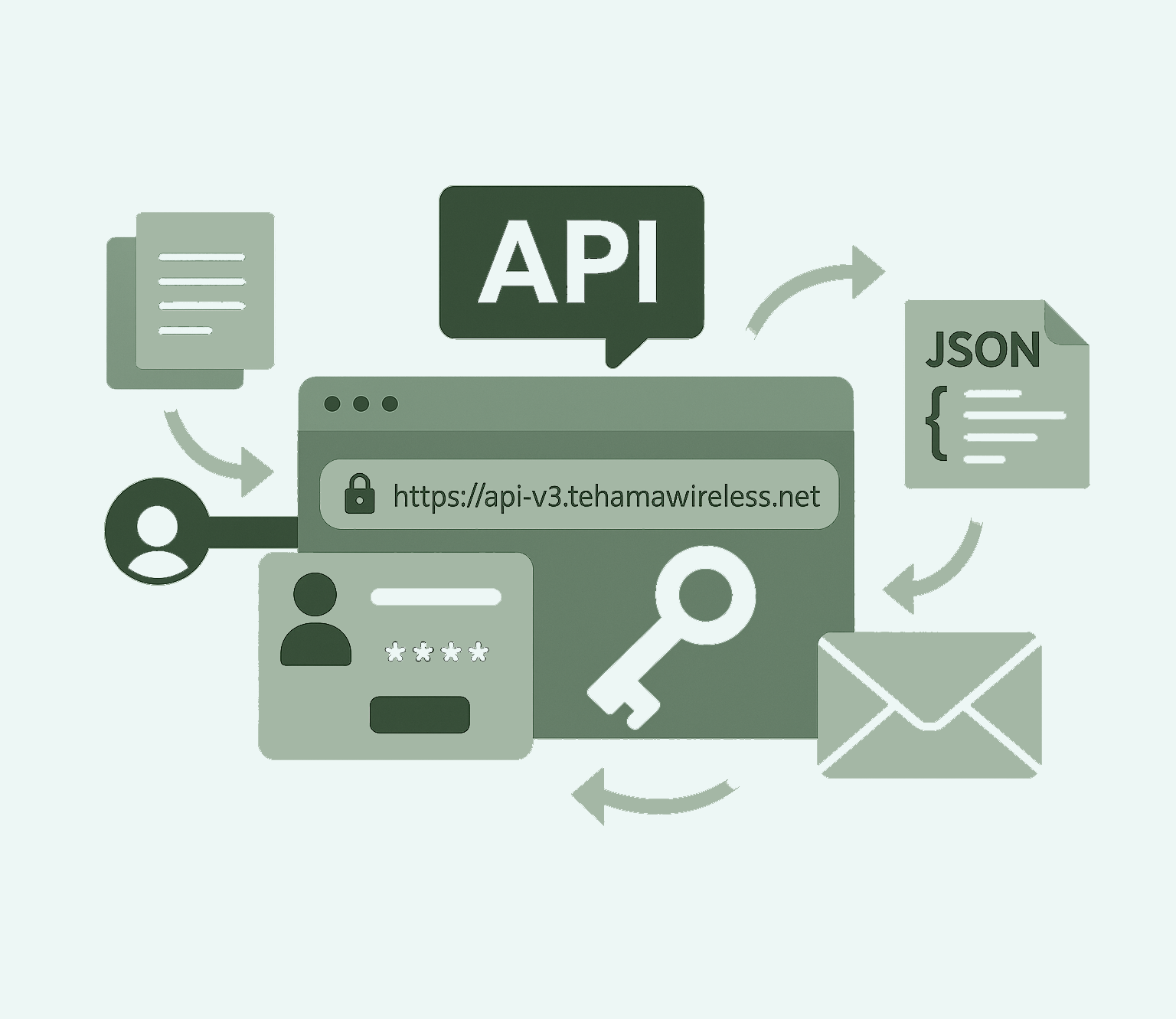 APIThe Tehama Wireless API integrates with third-party software to provide access to real-time and historical reading data.
APIThe Tehama Wireless API integrates with third-party software to provide access to real-time and historical reading data.
FAQs
Encoder MDT is compatible with various encoded utility meters, including water, gas, and electric. Supported brands include Sensus, Neptune, and GWF. MDT models with part numbers ending in “E” (e.g., TW-140B-E, TW-160B-EP, TW-175B-EE) provide compatibility with most encoded meters that use the Sensus UI-1203 protocol. An early model, TW-140B-N, works only with Neptune. For GWF Unico2coder® MP water meters, the TW-160B-G and TW-170B-G AllRead Encoder MDTs are specifically designed to provide full compatibility and simplified setup.
Encoder MDT transmits readings wirelessly via radio to the DCAP or Gateway. The MDT initiates a digital handshake with the meter, which responds with its current reading and serial number. Depending on the meter type, additional details such as unit of measure, count factor, and hot/cold designation may also be included.
Encoder MDT can communicate over distances of up to 1 mile in Standard Range, up to 10 miles in MAX Range, and more than 10 miles in LoRaWAN Range.
Encoder MDT operates on two field-replaceable AA batteries, providing a lifespan of 6–8 years. Even when switched off, it wakes every 24 hours to check for a connected meter; if a valid response is received, it powers on and begins transmitting reads.
Encoder MDT can be configured with either a single input for a standalone meter or dual inputs for co-located setups, such as monitoring hot and cold water meters.
The count factor may be printed on the register face (e.g., ×10, ×100), inferred from the number of fixed zeros, or indicated by a graphic showing which digits are available for reading. For electronic meters, this varies: Neptune outputs only the upper six digits, while Kamstrup meters output all digits shown. Confirm with the meter manufacturer when in doubt.
Encoder MDT transmits absolute readings to the DCAP or Gateway via radio, ensuring timely and accurate data delivery for efficient utility management. It interprets meter responses in encoded formats such as Sensus UI-1203, Neptune, or GWF AllRead.
On Neptune ProRead mechanical meters, 1" and smaller sizes provide six moving dials plus one fixed zero (count factor 10). Larger 1.5"–2" sizes add two fixed zeros (count factor 100). Due to output restrictions, the MDT only detects changes every 50 or 500 gallons, respectively. Neptune E-Coder and ProCoder meters output more digits: older MDTs (firmware before 2.11F) read six digits, while newer MDTs (2.11F and later) read eight. Depending on meter size, count factors range from 0.1 to 100.
Newer solid-state LCD registers typically provide higher resolution. Some limit output to upper digits only (e.g., four digits with count factor 1000), while others provide full output (e.g., eight digits with count factor 0.001 m³).
Resolution depends on how the meter is manufactured or programmed. Some provide dial values down to 1/100 unit, while others output only a subset. For example, a meter with eight dials may provide only four through the interface. In this case, a register reading of 729.62 cubic feet would be reported by the MDT as 700 (with a 100× count factor) until the register reaches 800.
Mechanical meters use magnetic or optical mechanisms to capture dial positions. When queried, the MDT energizes the circuit and receives the output data. To reduce complexity, many meters limit or reduce resolution of the rightmost dials. High-resolution sweep hands are never available via encoded outputs.
Consult the meter manufacturer’s instructions for specific guidance. In general, only the digits provided through the encoded interface should be used, with fixed zeros added where applicable.
Related Blogs
Tehama MAX Range for Simplified Long-Distance Submetering
As property managers and business owners strive for enhanced efficiency in utility management, the…
Tehama Standard Range for Affordable Extended-Range Submetering
As property managers and business owners strive for cost-effective utility management, the choice…
Get on the Bus: Modbus and Its Expanding Role in Energy Management
Effective energy management is vital for maximizing operational efficiency and reducing costs. As…